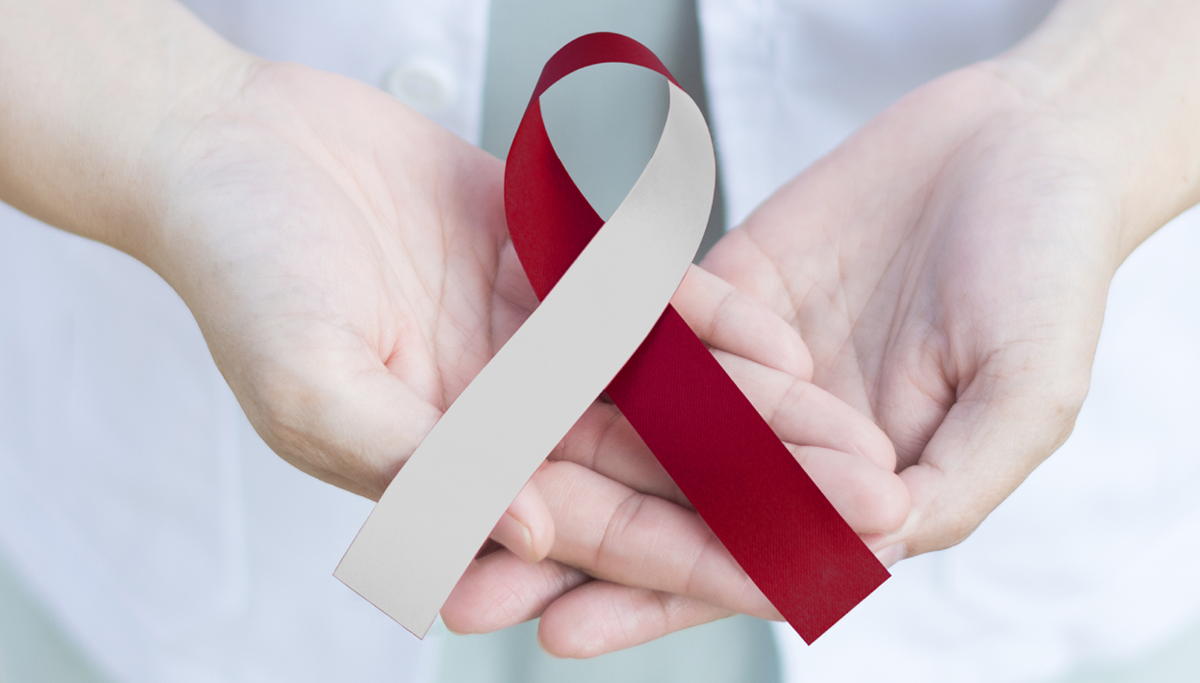Identify the signs and risks of oral cancer
April is Oral Cancer Awareness Month, but every month is a chance to take steps to prevent oral cancer from growing. If caught early, oral cancer can be treated because early diagnosis reduces your risk of health complications and increases your rate of survival. That’s why it’s important to know the signs and risks of oral cancer.
How common is oral cancer?
Oral cancer is cancer of the mouth and the pharynx. The most common oral cancer affects the squamous cells in your mouth. These are thin, flat cells that make up the outermost layer of our skin. Once these cells are compromised, the cancer cells multiply quickly, spreading to the lymph nodes of the throat. This is the point when oral cancer is most often diagnosed.
More than 130 South Dakotans are diagnosed with oral cancer every year. The risk of oral cancer increases with age. In South Dakota, 95% of oral cancer occurs in patients 45 years or older. But, oral cancer is known as a lifestyle disease, meaning you can dramatically reduce your risk by adjusting your daily habits.
What does oral cancer look like?
One of the real dangers of this cancer is that in its early stages, it can go unnoticed. It can be painless and physical changes may not be obvious. Conduct a self-exam once a month on your mouth. Feel inside the mouth, jaw, and neck, and look for:
- White or red patches in the mouth
- Persistent sores, ulcers, or irritation in the mouth cavity
- Difficulty in chewing, swallowing, or moving the jaw or tongue
- Numbness in the tongue
- A sore throat that doesn’t go away
- A constant toothache or pain in the jaw
- A chronic earache
If you come across anything suspicious, call your dentist right away. As with many diseases, an early diagnosis can make a huge difference for health outcomes. Even if you don’t see any warning signs listed above, be sure to visit your dentist twice a year for regular oral cancer screenings and check-ups.
What causes oral cancer?
The main causes of oral cancer are due to lifestyle, age, poor nutrition, exposure to UV light, genetics, and other medical conditions.
Smoking, tobacco, and oral cancer: Studies indicate a definitive link between the use of tobacco products and oral cancer, with 75% of mouth and throat cancers occurring in tobacco users. Your age when you started using tobacco and the length of time you’ve used it will vastly increase your risk for oral cancer.
Drinking alcohol and oral cancer: When combined with tobacco use, alcohol has an even greater chance of causing cancer, as 7 out of 10 people who develop oral cancer drink heavily. Heavy alcohol drinking is defined as having 4 or more drinks on any day or 8 or more drinks per week for women and 5 or more drinks on any day or 15 or more drinks per week for men. There are multiple ways alcohol may increase the risk of cancer, including decreasing the body’s ability to absorb nutrients that may help prevent cancer.
Human Papilloma Viruses (HPV) and oral cancer: The human papillomavirus (HPV) is another leading cause of oral cancers, especially oropharyngeal cancers found in the back of the throat. In fact, 70 percent of oropharyngeal cancers may be attributed to HPV. Luckily, there is an HPV vaccine that’s effective against the most common strains of HPV that cause oral cancer.
Ultraviolet light exposure and oral cancer: The Cancer Treatment Centers of America have found that, “Cancers of the lip are more common among people who work outdoors and visit tanning beds, and among those with prolonged exposure to sunlight.”
Age, nutrition, and oral cancer: The risk of developing cancer increases with age. Research tells us that men are twice as likely as women to develop oral cancer, and consuming a lot of fresh vegetables, fruits, fish, and seafood can help protect us against oral cancer.
Poor dental and oral hygiene and oral cancer: Untreated dental plaque and tooth decay can cause an infection in the mouth and gums, which can accelerate the growth of cancer.
By avoiding risk factors, adjusting your daily habits and watching for symptoms, you can help protect your future from oral cancer. The SDQuitLine offers free resources and tools to help you quit tobacco.
*Updated April 2024

